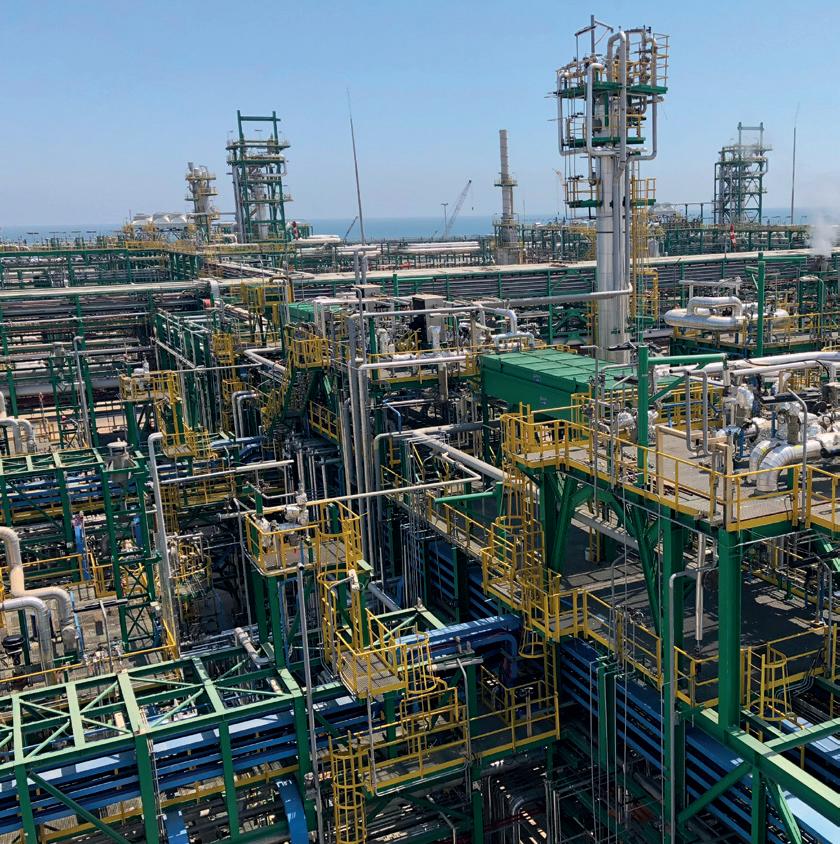
7 minute read
TECHNOLOGY DRIVEN EPC CONTRACTOR
Our roots are in our technological background open to innovation and digitalization. As part of Maire Tecnimont Group, we work to provide unique expertise using our proprietary technologies and applications to ensure sustainable and environmentally friendly solutions for energy transition.
A LEADING EXPERTISE TO IMPLEMENT OIL REFINING PROJECTS AND TO UPGRADE EXISTING REFINERIES TOWARDS MINIMIZATION OF CO2 FOOTPRINT
Advertisement
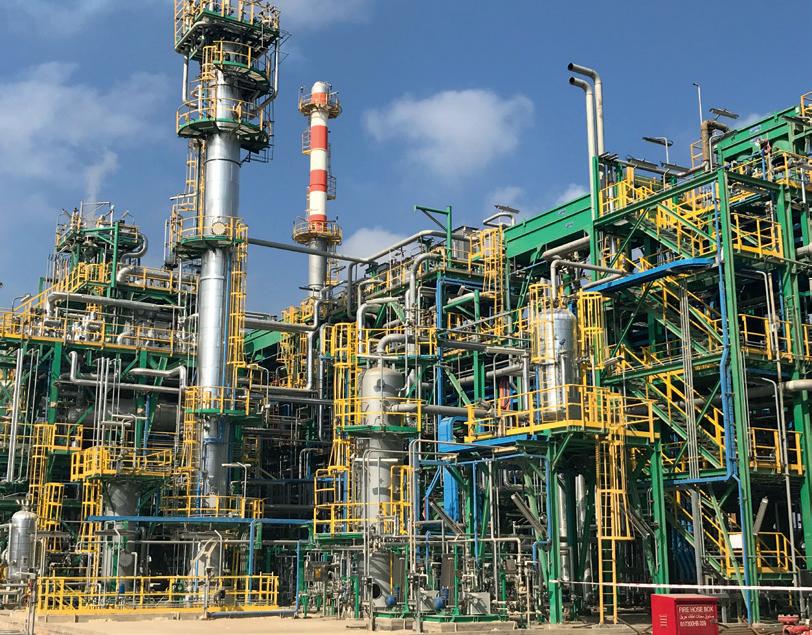
WELL RECOGNIZED LEADERSHIP IN LICENSING HYDROGEN, SULPHUR AND TAIL GAS TREATMENT TECHNOLOGY
MORE THAN 500 PROJECTS COMPLETED SINCE 1971
KT, a company of Maire Tecnimont Group, is an international EPC Contractor in the Oil&Gas and Refining Industry, as well as one of the most well-known Licensors of Sulfur Recovery Units (SRU) and Hydrogen Production Units (HPU). Our approach to the market is based on these distinguishing characteristics: flexibility and resilience, client-oriented view, design-to-cost approach, high priority of quality and safety, focus on environmentally friendly solutions. Environmental protection is in our DNA, since the SRU’s intrinsic function is to mitigate the impacts deriving from the treatment of hydrocarbons. Today, we continue in the same line, supporting our sister company NextChem in the implementation of their large basket of green technologies for the energy transition.
Our contribution to the success of the Zohr Project goes in the direction of the gas-to-power strategy of African countries such as Egypt, where gas is an enabler of the energy transition. Our collaboration with ENI in this milestone project dates back to 2015, when KT was selected by Petrobel (a JV between ENI and EGPC) to supply the SRU for the Phase I of the Zohr Field development. fi eld currently has 13 production wells with a further 200 being planned over its production life. Production is controlled by a shallow water platform located approximately 60 kilometres from the coast. The subsea installations at the field include manifolds, subsea and topside control systems, a pressure protection system, and tie-in systems. Its gas is transported through two 216km-long and 30in-diameter pipelines connecting to an onshore gas treatment facility at El-Gamil.
It was a super-fast-track project: fully modularized 4xClaus and 2xTGT Units with approx. 50 TPD capacity, 50 modules, 600 tons of piping, and 1,200 tons of steel all needed to be delivered in 12 months.
We d ecide d to take the challenge, relying upon our significant experience on the ground and involving our strategic vendors and subcontractors to set up an efficient Project Execution Plan.
The result was a great success and KT was selected again by Petrobel to supply 5 modularized MEG Recovery Units (MRU) in 2021 for the subsequent development phases.
The key success factors were two: setting a clear and common goal, i.e. the mandatory completion on time, and establishing a mutually trusting environment between Client and Contractor. We regard this as a model to be replicated in all of our current and future projects.
Technology
For ENI, the Zohr discovery was an apt reward for the near $450 million investments that it had made in state-ofthe-art exploration technology, including constructing a data centre in Milan that interpreted data generated in the field. This was the culmination of a shift at ENI that brought together a CEO willing to take calculated risks and back his exploration team, leading geologists, and a strong strategy that emphasized getting oil and gas to the market quickly. It paid off. The field was already producing by December 2017 - quite incredible given that the final investment decision (FID) was made less than two years before. This marked a new record for this type of deposit and ultimately leading to Zohr winning the prestigious IPTC’s Excellence in Project Integration award. The project success could also be measured with output; thanks to Zohr, Egypt announced record liquified gas exports in 2021.
Said, Egypt
Diversifying Management
The attractiveness of the project inevitably attracted interest from some of the biggest players in the oil and gas communityeager to participate in the region’s most exciting gas project in decades. While the initial running on the project was all ENI, the consortium of investors behind the project now includes the likes of BP, Rosneft, and Mubadala Petroleum, all of which came on board in 2017, underlining how exciting the project is. In the Shorouk Block, Eni holds a 50% stake, Rosneft 30%, BP 10% and Mubadala Petroleum 10% of the Contractor’s Share (where Eni, Rosneft, BP and Mubadala Petroleum are collectivity the Contractor).
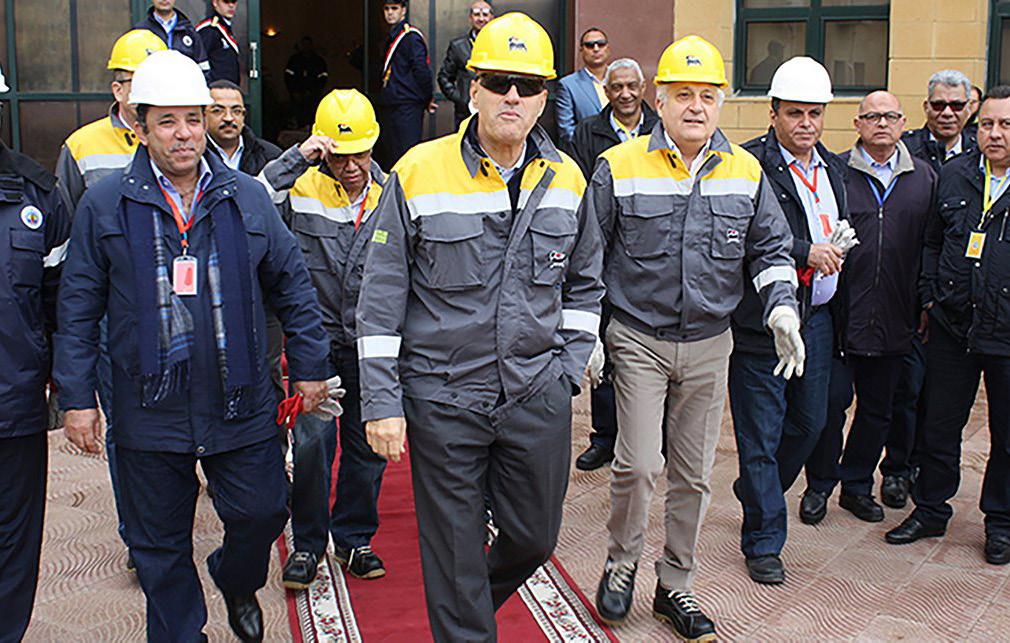
Petrobel is responsible for executing the project, the Operating Company jointly held by Eni and the state corporation Egyptian General Petroleum Corporation (EGPC), on behalf of Petroshorouk, jointly held by Contractor (Eni and its partners) and the state company Egyptian Natural Gas holding Company (EGAS).
Project Partners and Suppliers
World class project sponsors usually mean world class partners and suppliers, and on this count, Zohr is no different. The nature of the project meant that most of
Zohr won the prestigious IPTC’s Excellence Award the preparatory work was carried out underwater, calling for companies with highly specific skillsets. For example, the project’s engineering, procurement, construction, and installation (EPCI) contract was awarded to Saipem, who was supported by Norwegian subsea contractor Havram by providing subsea umbilicals, risers, and flowlines. On the Zohr North development, Havram installed 100 miles of umbilical product in over 4,600 feet of water depth.
Aker Solutions was awarded the contract to deliver approximately 180 kilometres of steel tube umbilicals that connected the subsea wells to the off shore platform. Bonatti handled the electrical and instrumentation works for the project. The project’s autonomous underwater vehicles (AUV) were supplied by UTEC, a subsidiary of Acteon. OneSubsea was awarded a $170m contract to provide subsea production systems for the first phase of the project development in June 2016, Petrobel was the main contractor for the second pahse and Baker Hughes, was awarded the contract to provide its innovative subsea production systems for phase two of the gas field, which began in September 2017.
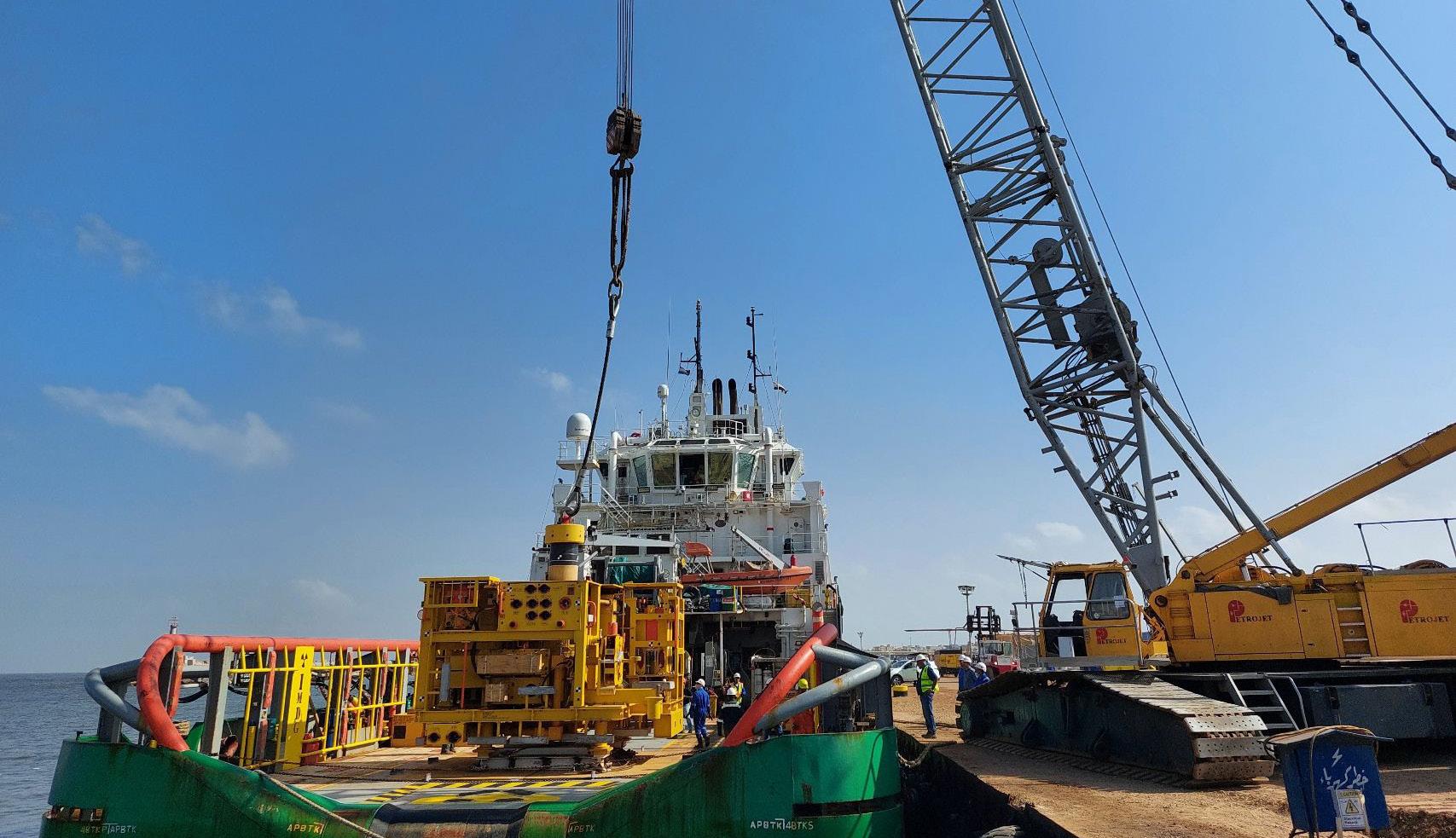
Elsewhere, support work contracting services were supplied by Toubar Contracting Company and Petroleum Marine Services (PMS). A range of oil and gas platform services were also provided by SAPESCO, Spina Group, DeepTech Oil Services, Borets International, KT-Kinetics Technology was awarded a contract extension of an existing EPC project of gas monetization. Other auxiliary technology services were contracted out to National Technology Cairo and Golden Light For Electrical Supplies.
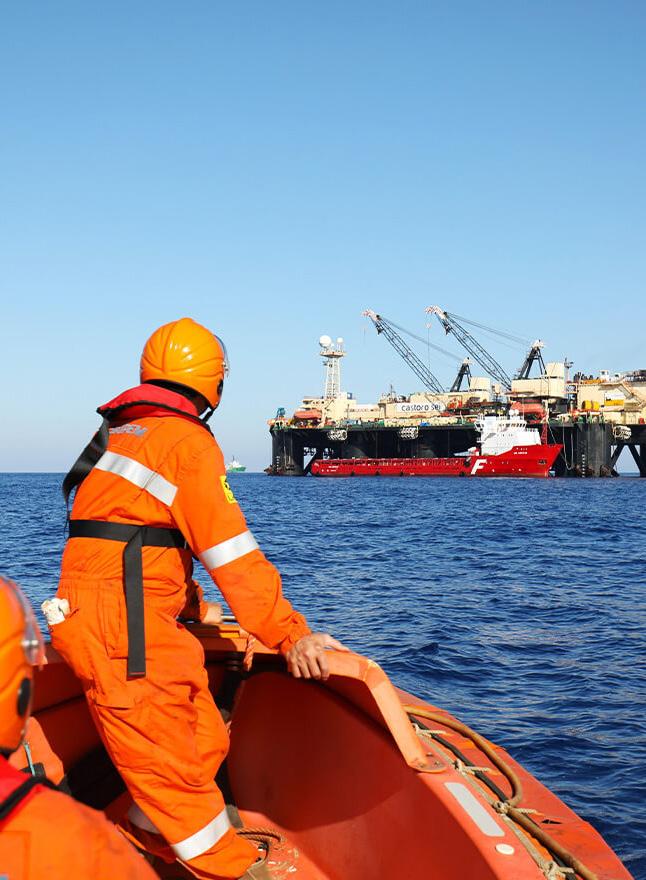
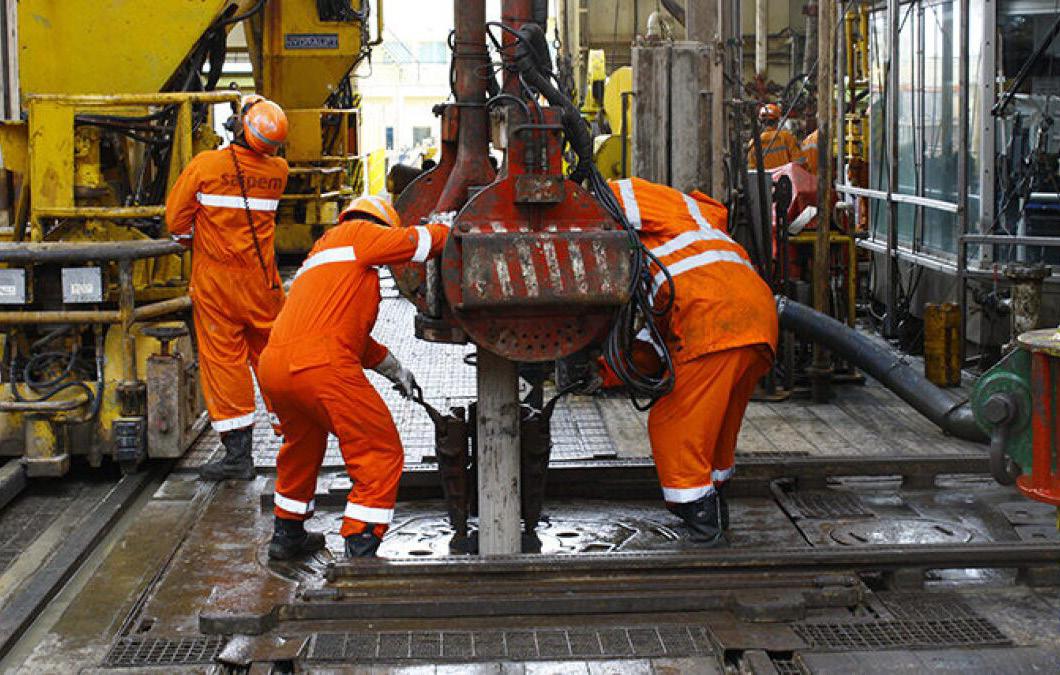
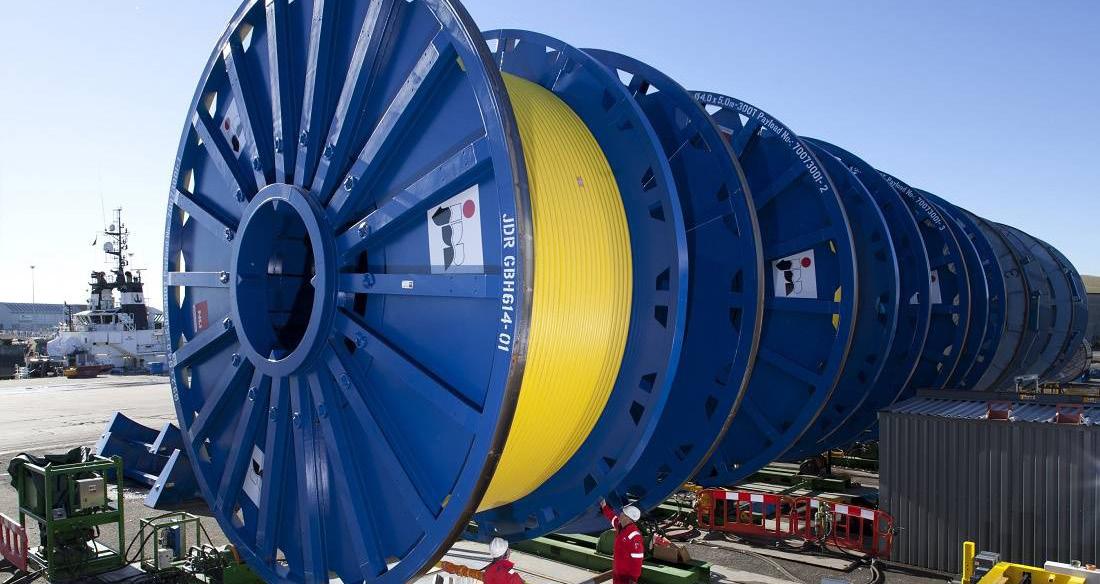
An Inflection Point for Egypt
Claudio Descalzi, CEO of Eni, recently met with Egypt’s President, Abdel Fattah el-Sisi, and the Minister of Petroleum and Mineral Resources, Tarek El-Molla, to discuss Eni’s activities in the country as well as areas of common interest and collaboration, all in relation to Egypt’s vision of becoming a regional gas hub by sustaining domestic demand and LNG exports opportunities by leveraging existing LNG Plants. Eni’s commitment to supporting local production through an aggressive exploration and development campaign (Eni has won five new exploration licenses in Egypt), as well as accelerating the decarbonization of its operations and developing CO2 capture and storage (CCS) and hydrogen production projects was also tabled.
In the future, the discovery of the Zohr field will almost certainly be seen as the moment that Egypt’s fortunes took a dramatic upward turn. Even during the Covid-19 pandemic, the funds generated by Zohr enabled the government to provide enough funding to allow the economy to continue growing. Few projects can claim to such an impact. With a very short period, Zohr has already proven to be a true inflection point for the prosperity of Egypt and its people.
It has been over a decade since Business Excellence (BE) fi rst ran a feature on Namibia Power (NamPower). At that time, the company was focused on delivering the Caprivi Link Interconnector (now known as the Zambezi Link Interconnector), a N$3.2 billion project which would connect Namibia’s electricity network with its northern neighbours, enabling it to trade directly with them. Delivered in 2012, the company has now set its sights on more ambitious targets.
In a recent interview with NamPower’s Managing Director , Kahenge Haulofu, we had the opportunity to discuss the scope of these ambitions, against a backdrop of often challenging conditions. Mr. Haulofu was kind enough to talk us through the projects underway at NamPower and how they will continue to contribute to electricity access and stability in Namibia.
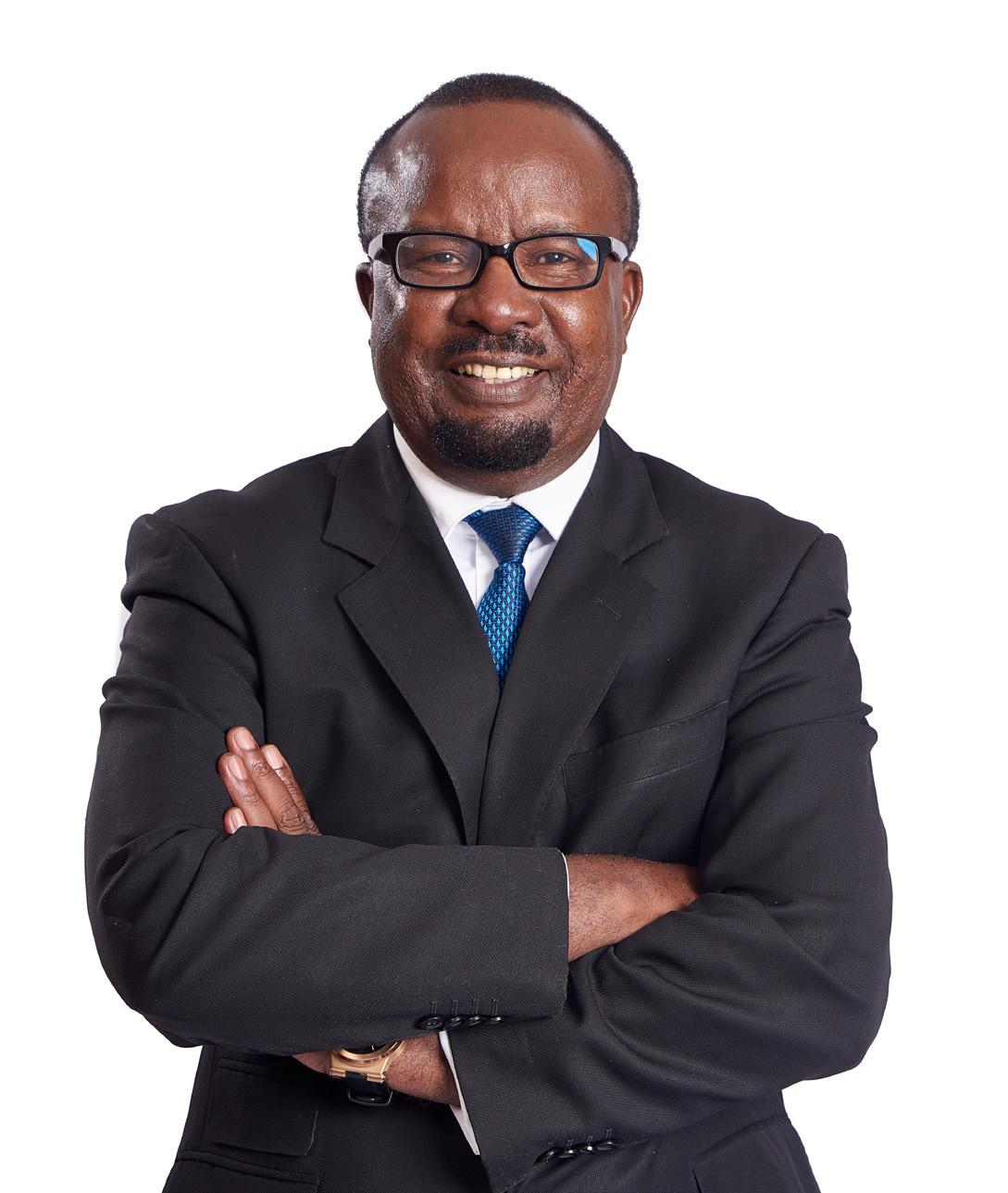
What emerges quite clearly is the central role that NamPower plays in Namibia’s movement to prosperity.
A Changing Energy Mix in a Changing Environment
In the time since BE’s last engagement with NamPower, its work has contributed to the country’s electricity access evolving from around 45% of the total to approximately 50%. Despite the progress, Mr. Haulofu knows that the company has its work cut out: “The Minister of Mines and Energy has set Namibia a target of adding 220MW of generation capacity between 2019 and 2023, and 150MW of this has been allocated to NamPower.”

He continues: “Our intent is to develop six renewable energy generation projects under our strategic pillar of ‘ensuring security of supply.’ The introduction of these projects will significantly change NamPower’s energy mix from traditional sources of energy, and over
SGB-SMIT POWER MATLA (PTY) LTD
SGB-SMIT POWER MATLA is the largest power transformer manufacturer in Sub-Saharan Africa and has more than 75 years of local South African history - backed by the global strength and expertise of the SGB-SMIT Group, spanning more than 114 years. The company has the capability to design, manufacture, test, install and commission a wide range of power and distribution transformers within the two manufacturing plants located in Cape Town (distribution) and Pretoria (Power). The company has a fully equipped laboratory in Pretoria, with testing capability for materials testing (including transformer oil) and also supports external clients.
The Pretoria plant has a manufacturing capacity from 5 MVA 66kV up to and including 800 MVA 420 kV and incorporates power and furnace transformers, rectifier transformers, traction transformers, shunt reactors and related equipment. The production facility also includes a fully accredited transformer testing facility where all transformers manufactured are tested according to international standards (IEC 60076). This recently installed test equipment has been designed to handle the largest high voltage transformers capable of being produced within the factory. The test facility can also test transformers according to ANSI specifications. Special tests are also available on customer request. This in-house testing facility represents a significant strategic advantage and is currently the largest facility in Africa.
The factory in Cape Town, known as Distribution Transformers, manufactures distribution transformers from 16 kVA to 5 MVA 66 kV; miniature substations; LNERs; NECRTs and other related equipment.
Every SGB-SMIT POWER MATLA product is custom-made from standardised design elements and uses uniform manufacturing operations. This flexible, but well-coordinated approach ensures the highest quality of design and construction for all transformers and makes the best possible use of the valuable knowledge and experience gained over the years and best practices developed.
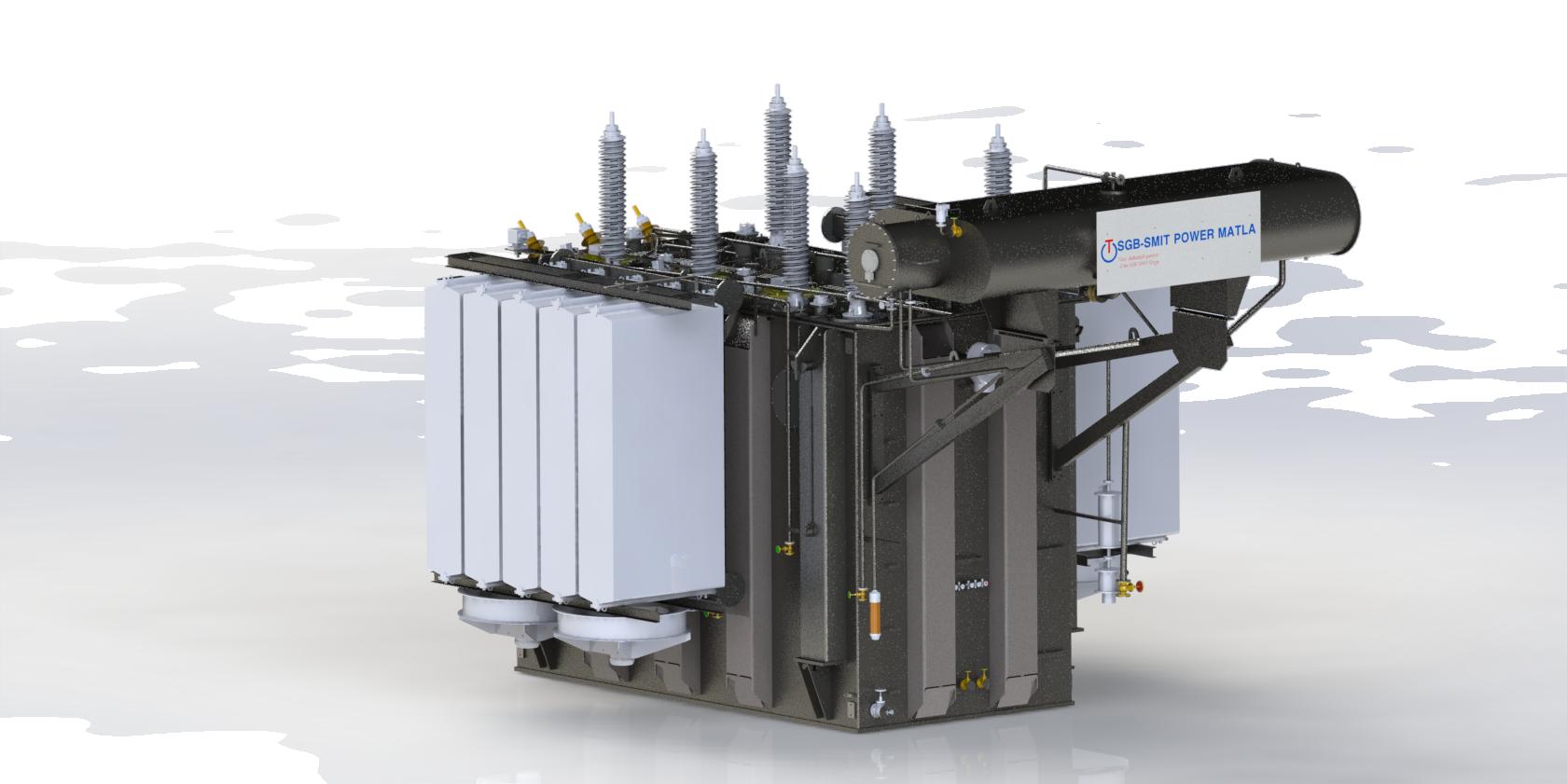
+27 12 318 9911 info@sgbsmitpowermatla.com www.sgbsmitpowermatla.com










